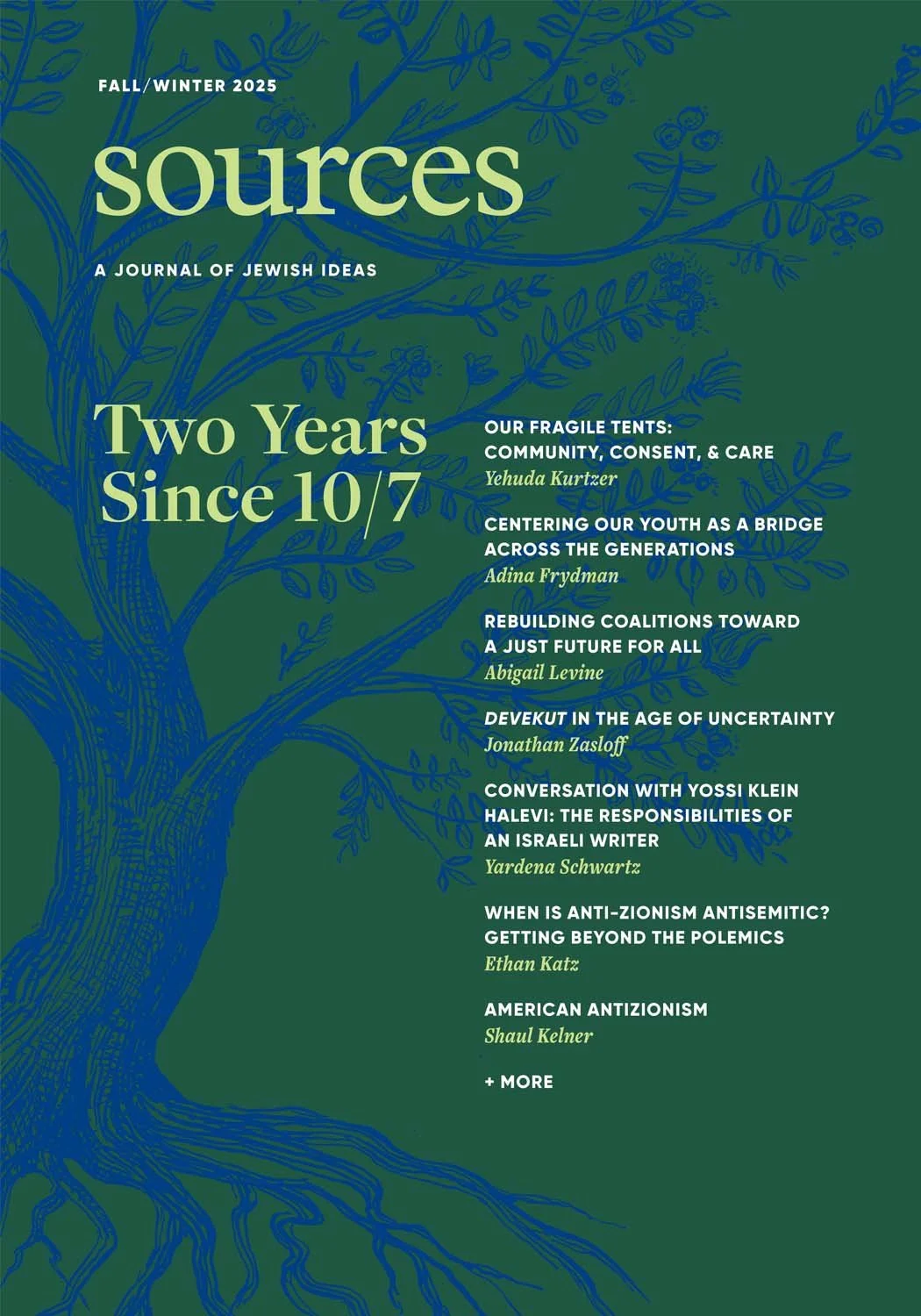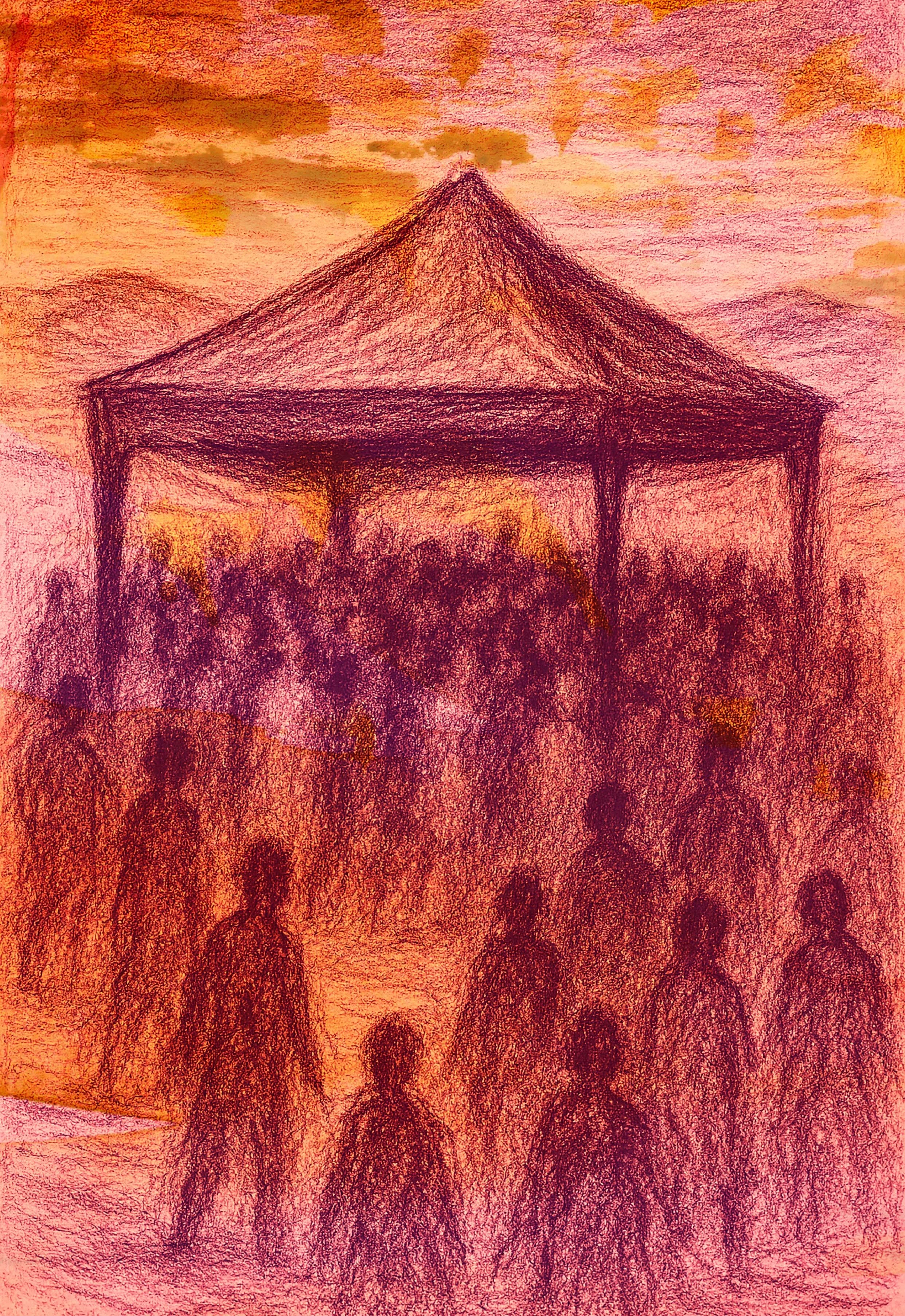Challenging the Walls Around My Jewish Identity
STUDENT VOICE
Chana Fisher
Chana Fisher recently graduated from Rutgers University with a BA in History and Political Science.
There is great power to holding a pen in your hand, your thoughts flowing from your mind, your words filling the once-empty space. The pen in your hand feels like the scepter of your identity, and you point it between your heritage and your present to write your future.
I want to explain how I learned to hold my own identity scepter.
When I arrived at college, I was stunned by the open welcome of my college’s religious and spiritual Jewish leaders. They allowed me to ponder my religious cognitive dissonance, giving me the freedom to shape my own Jewish identity. I was free to wear whatever clothes I wanted, to explore my religious surroundings, and to interrogate my relationship with Judaism. I was able to openly explore the Judaism I was raised in to find my Jewish identity on my own terms. This was a sharp contrast to my experience growing up in Jewish day schools. In middle school and high school, I often felt afraid to ask specific questions related to my Jewish identity; I feared my teachers would see me as a “jester.” My classmates generally seemed to accept the specific halakhic teachings and interpretations of passages from the Tanakh that we were taught. It seemed fine with them that we never questioned the frameworks behind these interpretations. We also never addressed the fact that a portion of the class did not uphold halakhah in the way we were being taught.
I was also taught, however, that to be Jewish is to question and to engage with doubts. If there was no questioning, there would be no Talmud. If there was no doubt, belief would never be strengthened or certain. And yet, by teaching me that for every aspect of Judaism, there was one correct way, one path to be followed—one box in which we should exist—the adults around me made clear that there were limits to what we could ask. We were not to push too hard on the walls surrounding our beliefs and practices.
And so, because I was never taught to question and never taught to doubt, I never expressed my doubts, but rather shoved them into an uncomfortable corner of my box.
When I first arrived at college, I told my new friends that I was firm in my belief. I knew my values, and I knew that I did not intend to change. But hearing someone else express doubts for the first time led me to articulate my own.
This new acquaintance questioned everything: love, food, our daily existence. Most of all, he questioned religion. As he sat at a meal in the Chabad building, he asked: why do we have Judaism? Is there truly a God? At first, I was shocked. He was asking these questions while eating food provided by Chabad and sitting with the friends he had met attending Chabad events. Wasn’t religion the source of his happiness and security? But ultimately, as he continued to question God, religion, and Judaism, and still continued to be a member of the community, I started to ask myself whether it was me who was failing to see clearly.
I admitted to myself that as I sat for years in the box composed of my high school’s Jewish values, I had always been a little unhappy there, a little frustrated with my own religious stagnation. I stepped outside of the box to a space where there were no longer limits to my questions or my doubts. I read writers from other movements of Judaism. I met with leaders and students of different Jewish organizations. These students and leaders all represented different models of Jewish thinking. I questioned, judged, and doubted. I came to realize that, rather than shattering me, leaving the box of my high school Jewish thinking could allow me to discover and express who I am more fully.
Love Jewish Ideas?
Subscribe to the print edition of Sources today.
So much of my education had been shaped by fear of loss: the fear that the mesorah, the tradition, would be lost if the school allowed students to question Jewish practice at all. But I do not believe that acknowledging differences in the Jewish practices of students in the classroom is dangerous. Voicing doubts, questioning norms, and recognizing different religious practices in our households will not erase our past or destroy our future. There is a reason why a number of students each year graduate Jewish day school and choose to forgo any connection to Judaism. Jewish day schools need to find a balance between maintaining standards and allowing questions that prevent students from feeling boxed in, from feeling alone, from feeling disconnected from their religious beliefs.
There is a reason why Rabbi Lord Jonathan Sacks titled his book, The Dignity of Difference, and Sir Isaiah Berlin wrote of a connection between respect and allowing dissent. As a Jew on campus, I found teachers and rabbis who seek to enable students to find and express their true Jewish identity. They enabled me to recognize differences that already exist in Jewish practice. I am free to wear pants, to believe that women do not need to cover their hair upon getting married, to hold that three women are obligated to make a zimun (an invitation to recite the grace after meals together) even if a man is present. What is more, I can sit at a table with a fellow Jew who believes it is against Jewish law for women to wear pants, not to cover their hair upon getting married, or to make a zimun in his presence. We can have contradictory, distinct beliefs regarding Jewish law and belong to the same community. We can maintain contradictory beliefs and be flexible in the practices that shape our day-to-day lives.
I can pick up the Tanakh (Hebrew Bible) for one week and then put it down for four weeks. I can reject the high school dress code and still love to learn and teach the Torah I absorbed there. I can skip davening (daily prayer), but still have a strong and genuine connection to Jewish practice. One of the greatest lessons I learned in college is to be open to these kinds of communal and personal Jewish differences. Only through the flow of our differences can we create the sea of our combined Jewish identities.
In The Dignity of Difference, Sacks writes that “the test of faith is whether I can make space for difference. Can I recognise God’s image in someone who is not in my image, whose language, faith, ideals, are different from mine? If I cannot, then I have made God in my image instead of allowing Him to remake me in His.” He speaks powerfully about the need to accept people who are, at their cores, different from us. I came to understand that even if we speak the same language, practice the same faith, and partake in the same ideals, we are all different. I am learning to accept the differences in myself; I must learn to anticipate, accept, and respect the differences among the Jews I will meet in the future.
I think that to have a successful community, its members must feel accepted. For this, it’s not enough for our differences not to be repressed. They must be embraced with respect, and we must trust that difference will not hurt our community. As Abraham Joshua Heschel wrote in Man is Not Alone, “Faith is not the clinging to a shrine but an endless pilgrimage of the heart.” An ideal community can maintain core values while enabling its members to explore their individual differences. Only by embracing our differences and allowing members to embark on individual religious journeys can our Jewish community thrive, whether in middle school, high school, or beyond. We all should have the power to step out of our past experiences and journey forward in our love of Judaism. Our teachers and rabbis guide us as students; they can either guide us into a box or onto a path that follows the faith in our own hearts.




